Just a few days ago, the Dutch Design Week 2020 themed as “the New Intimacy” came to a wrap. The virtual edition of this notable design event was crowned with success. And I dare say that this year’s festival made it possible for people like myself who couldn’t otherwise attend, to access, roam and hence, absorb a lot more information than ever before. As a matter of fact, there is so much information readily available to suffice writing several posts. However, at this point I will be writing only two posts. This very first one will be on sustainable products that caught my attention, that surely designate the changes in the design industry.
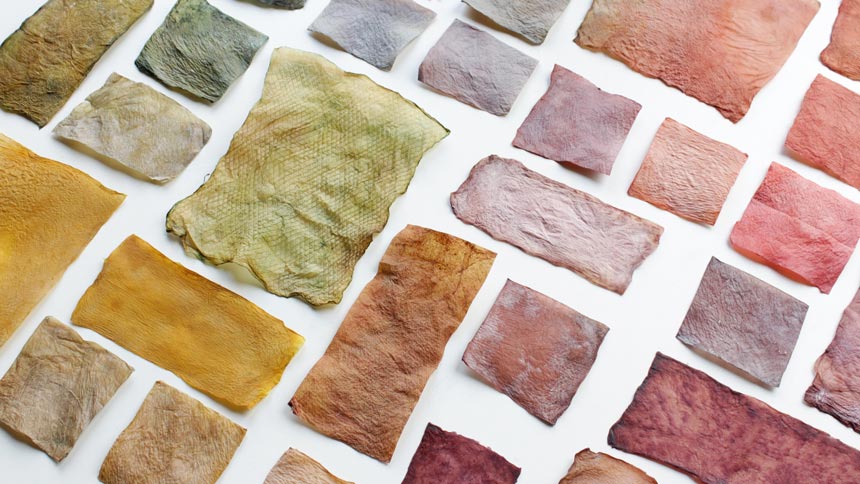
The sustainable products I have selected fall under the concept: Materialized which is a collective exhibition from biomaterials to sustainable furniture hosted by the Isola Design District. Their common underlying theme is that sustainability will not only reduce waste, but it will promote a more meaningful relationship with objects, in the effort to gear towards a circular economy model. Therefore, it’s mostly about the underlying meaning of every product design that will pave the near future.
5 Sustainable Products on the Spotlight from the DDW20
Mykor by Valentina Dipietro is a biotechnology and design company which has at its core digital design and bio-fabrication inspired by nature. It strives for a cross-disciplinary approach combining design, biology and technology, to create a limited series of objects with a unique aesthetic, like this vase made from wood waste and mushroom mycelium. Objects like this have the potential to raise a greater awareness on how conventional raw materials are used.
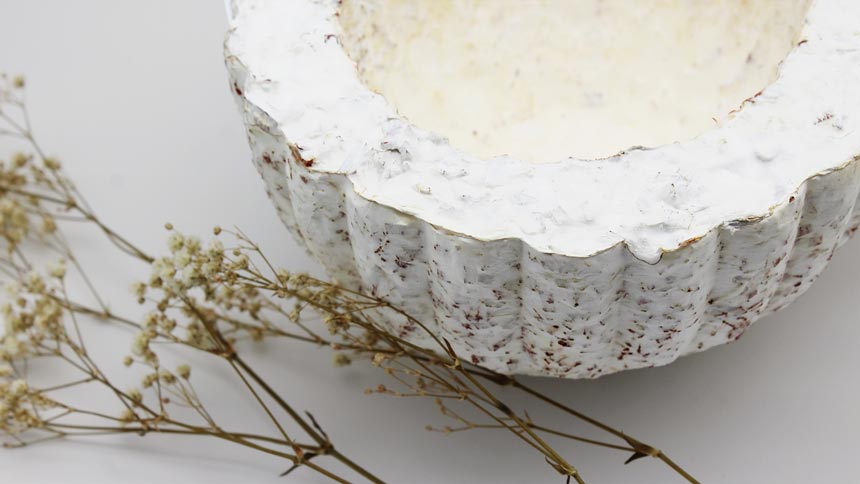
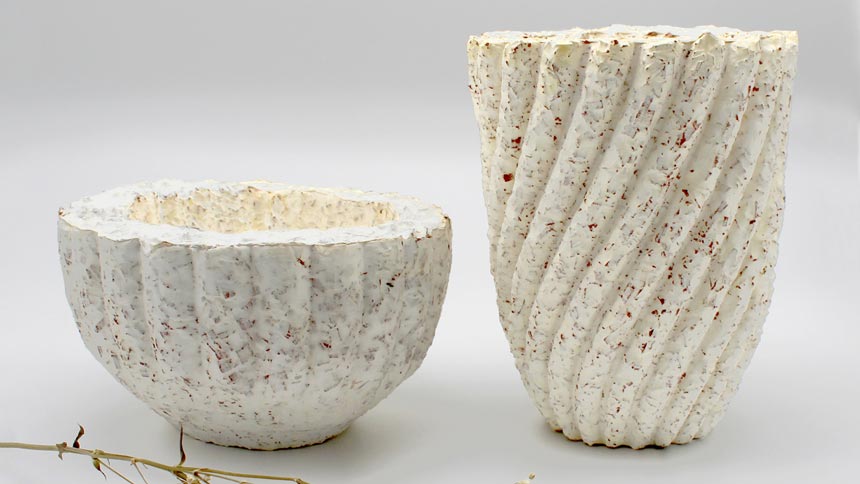
Galileo by Valentina Rocco is all about a 100 percent recycled, 100 percent recyclable directional LED wall lamp. It is inspired by the moon and its circular movement around the earth. But, it’s more than statement lighting for it also serves as a reminder that our economy should also be CIRCULAR and not linear.
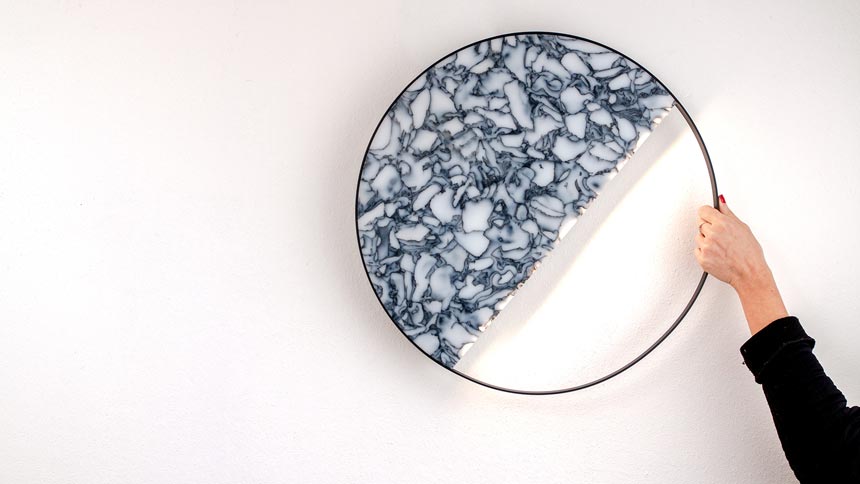
Suggested read: Circular Design :: A Window to Opportunity
Plus Minus 25°C, the temperature regulating curtain is definitely an awe-inspiring novelty. The curtain is screen printed with phase changing material and hence, no electricity is required as with other conventional devices. For temperatures above 25°C the microencapsulated PCM absorbs heat as it changes from a solid to liquid state. When the room temperature drops again the absorbed heat is released. So basically, with curtains like this you can rely less on cooling systems during the summer months.
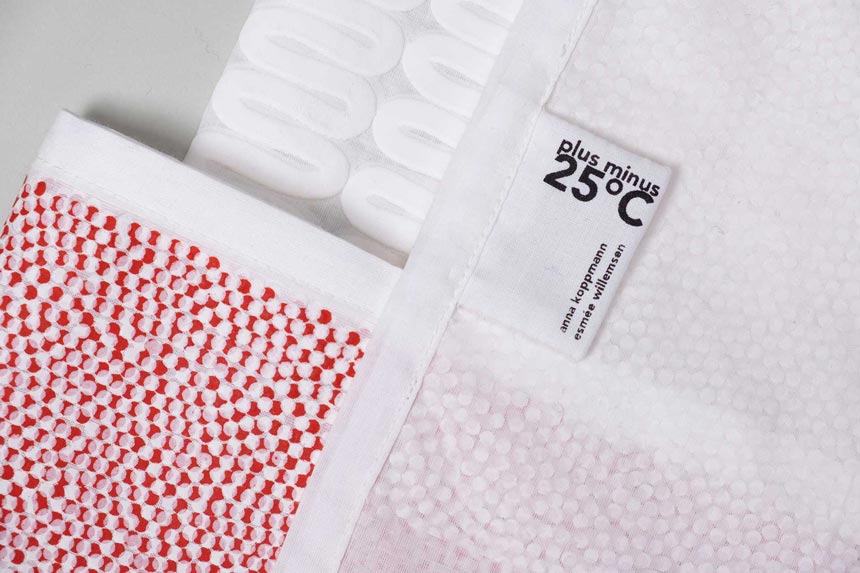

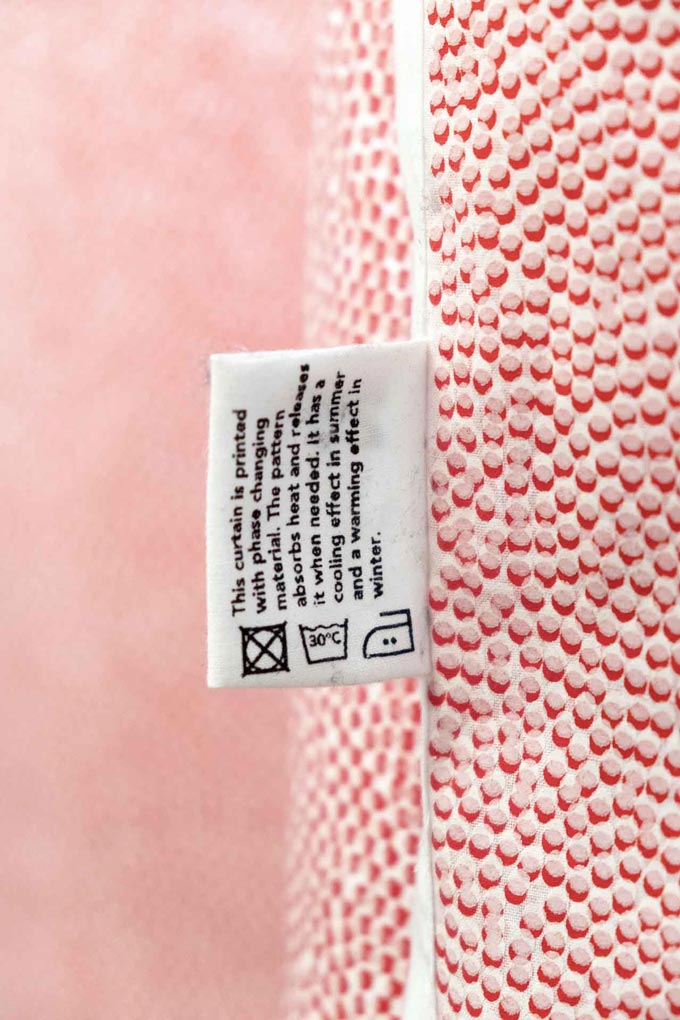
Now, if you thought that plastic waste can’t be beautiful, then think again. Kunst S, by Lisanne Kamphuis is all about the beauty of plastics with zero waste thanks to her new unique processing technique. Furthermore, this processing technique gives plastic waste qualities that are similar to classic materials such as stone, marble and ceramics. As such, she has created a series of vases from plastic waste whose design showcases the true hidden beauty of plastics.
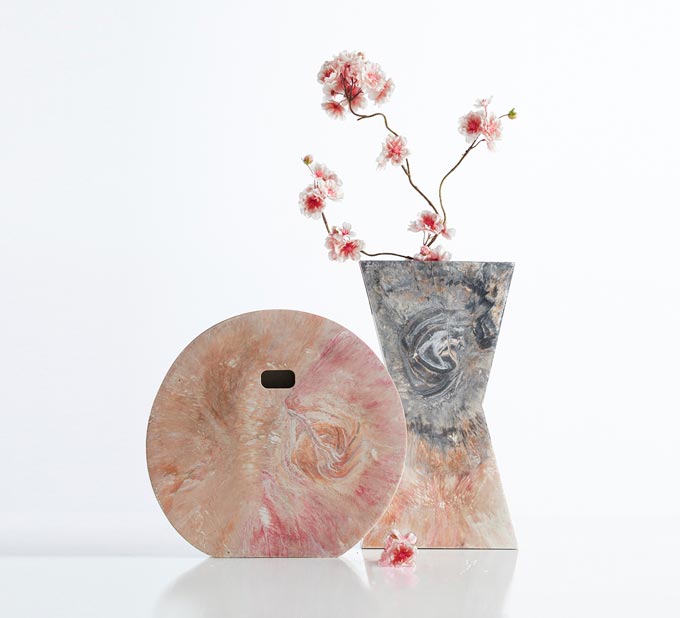
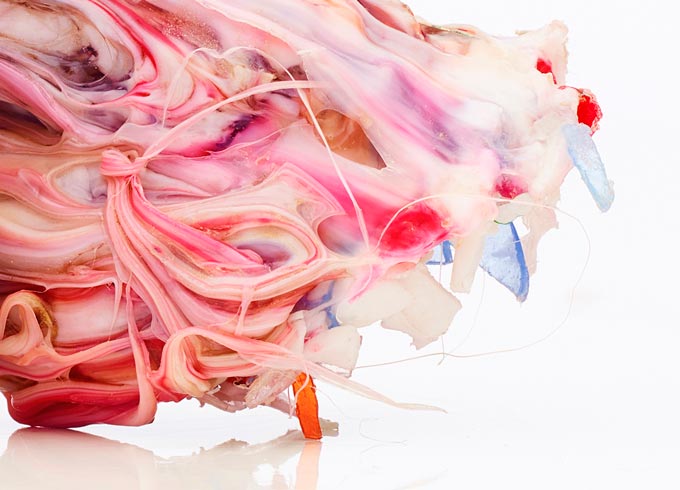
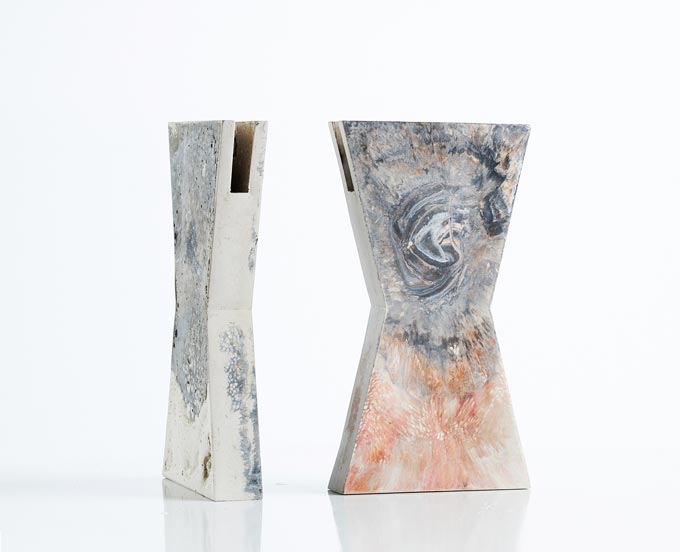
Lastly, did you know that 60 per cent of the food waste in the UK is still edible? So wouldn’t it be nice to know if the food you left in the fridge is still okay to eat? FreshTag Limited innovated the Freshness Indicating Technology (FIT) – a smart labelling system that sign-post the freshness status of your food with easy-to-read color codes. Consequently, you can reduce food waste considerably by shopping with a more insightful mindset. This brilliant FreshTag FIT system may well be the new generation of food package design.
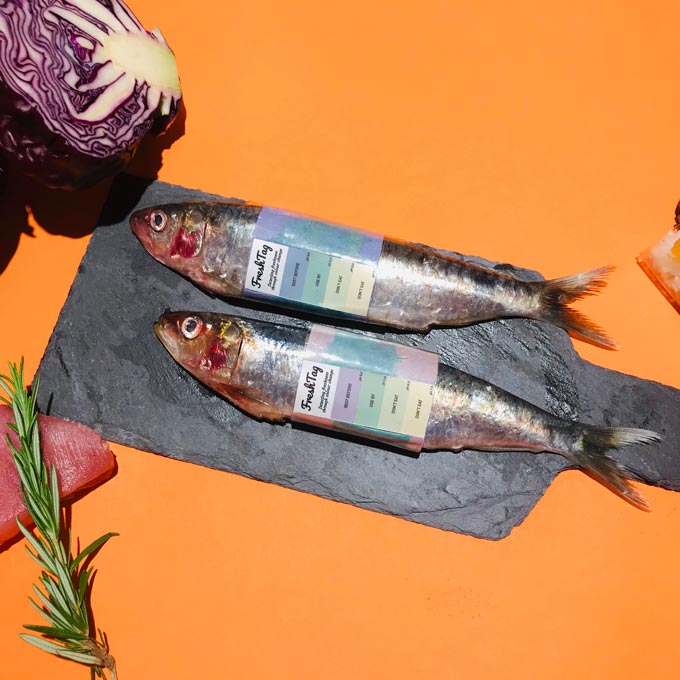
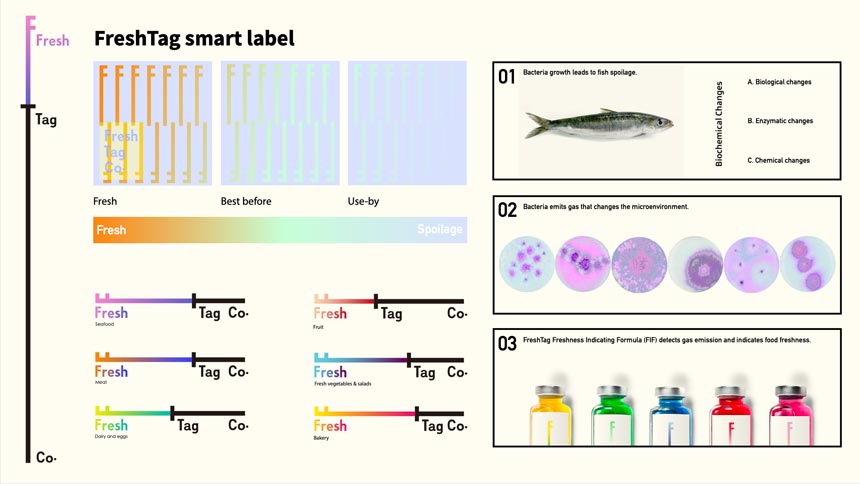
Takeaway thoughts
All 5 of these sustainable product designs promote a new more intimate relationship with everyday products. As such, this is the pragmatic beginning of a shift in the design industry for a happier, more mindful design orientation. And honestly, I think it is truly exciting because this shift will eventually lead to more resilient communities – a big underlying issue addressed in some ways during the DDW19.
Suggested read: Highlights of the 2019 Dutch Design Week
Especially nowadays, in context with the pandemic still forcing us to keep a physical distance among us, a new intimacy is being shaped. As such, new questions are being raised about the relationship between human bodies and the spaces and objects surrounding them.
How do we engage with one another? How do we relate with one another? How do we deal with loneliness at times like these? In essence, closeness due to social distancing is being redefined and the design industry is called upon to re-map it. Consequently, questions like these will bring about a new phase in design thinking, while sustainability continues to be one of its fundamental pillars.
In every case though, the virtual edition of this design festival has definitely given greater visibility to perhaps an even wider audience. This will in return give the design community a tool for better connections. Thus, it comes as no surprise that the DDW will become a hybrid fair in the near future by incorporating virtual tours as well.
Cheers, xo



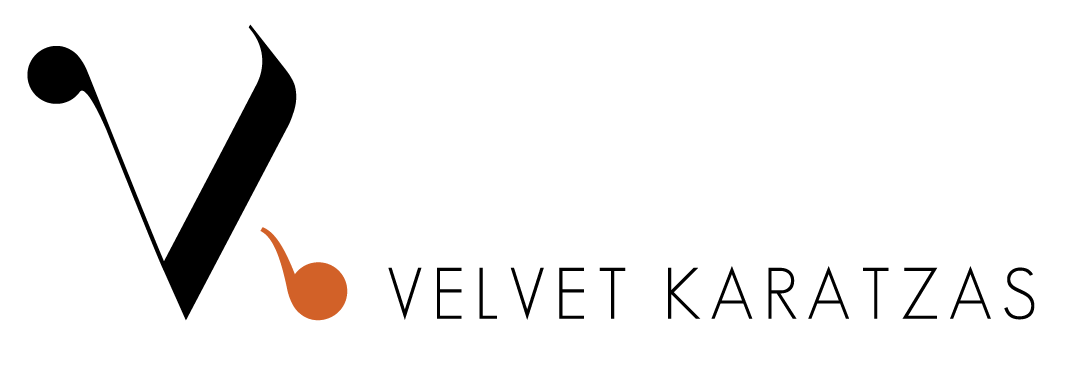

Wow! Such creative products. I feel like consumer buying habits are pretty wasteful (in furniture in particular) and love seeing furniture being made out of recycled materials. Hopefully people will buy more investment pieces too rather than try to follow the latest trends (something you see a lot as an interior blogger). Love the idea of a smart labelling system for food too! Pia X